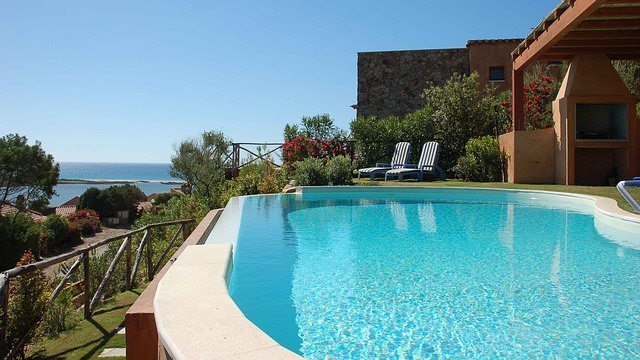Trend change: BBVA and Bankinter raise the price of their fixed rate mortgages
Bankinter has raised the APR of its 10 year mortgage from 2.62% to 2.82%; from 2.63% to 2.94% over 15 years and from 2.83% to 3.09% over 20 years.
Following its competitor’s lead, BBVA has kept the APR of its 15 year mortgage at 2.5% but is raising all the others. From 2.72% to 2.98% over 20 years; from 2.98% to 3.24% over 30 years and from 3.01% to 3.55% over 30 years.
New scenario
Over this last timescale, which, in theory, is the most attractive for those signing up for a fixed rate mortgage, the rise tops 18%. The movements by the two banks coincides with a rise in the profitability of debt interest rates after Donald Trump’s victory in the U.S. elections.
Over the whole 2016, competition between banks has provoked an unprecedented boom in fixed rate mortgages, which, at the end of September, accounted for 30% of the contracts signed that month. This percentage is very much higher than the 9.7% they accounted for during the same month last year. As a consequence, the strategy of the Spanish banking industry to encourage the sale of these mortgages (on which they assume less risk than with variable rate ones with the euribor in negative) has worked very well indeed.
Cycle change
The big question is whether the fall in fixed rate mortgages has bottomed out. Experts agree that the movements by Bankinter and BBVA confirm that the margin for further downward movements is already very tight and they believe that any possible discounting will be by companies wanting to adjust their prices to match the most competitive fixed rate loans at the moment. Alfonso García, responsible for customer finance at Ibercaja, believes that lower rates than the best current offers “would not be reasonable or affordable for a responsible banking sector”.
Overall, mortgage prices have already reached historically low levels. Experts believe that this represents an historic procurement opportunity and recall that from 1999 until 2008, when the great crisis started, the euribor (which ended the month of November at -0.074%, below the -0.069% registered in October, signifying a new record low) had never dropped below the 2% threshold.




